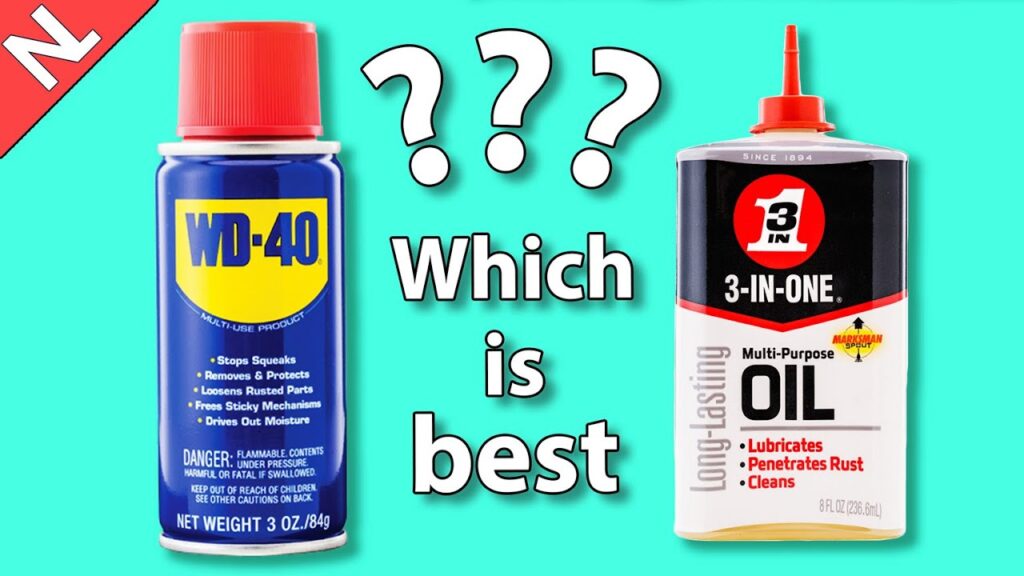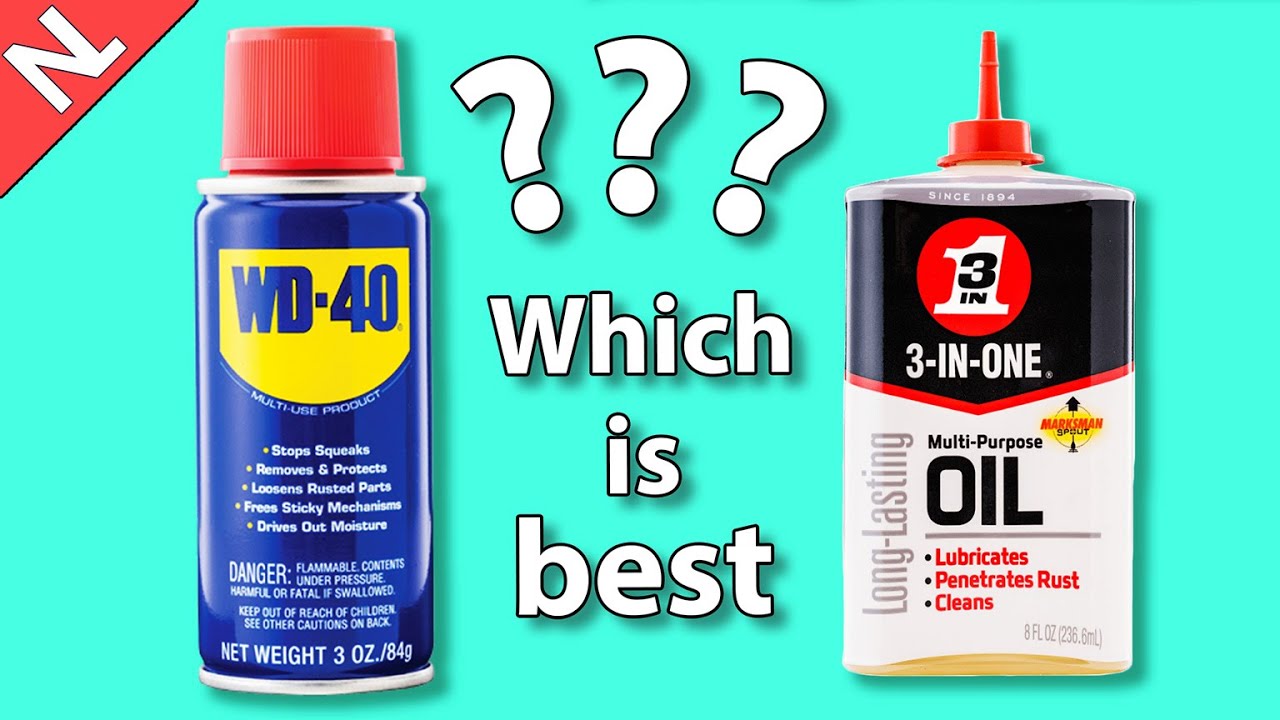
Unlocking the Power of WD40: Understanding Its Multifaceted Purpose
WD40. The name itself is almost synonymous with problem-solving around the house, in the garage, or even in industrial settings. But what exactly is the purpose of WD40? Beyond the popular image of a can used to stop squeaky hinges, WD40 boasts a wide range of applications that often surprise even seasoned users. This article delves into the history, chemical composition, and diverse purposes of this ubiquitous product, providing a comprehensive understanding of its utility and limitations.
The Origins of WD40: From Aerospace to Household Staple
The story of WD40 begins in 1953 at the Rocket Chemical Company in San Diego, California. The company’s mission, as the name suggests, was to develop rust-prevention solvents and degreasers for use in the aerospace industry. Led by chemist Norm Larsen, the team was attempting to create a formula that would displace water – hence the name WD-40, short for “Water Displacement, 40th attempt”.
It took Larsen and his team forty tries to perfect the formula, which ultimately proved successful in protecting metal surfaces from corrosion by displacing water and other moisture. Initially used by Convair to protect the outer skin of Atlas missiles, WD40 quickly found its way into the hands of mechanics, tradespeople, and eventually, the general public. The product was first sold commercially in 1958, quickly becoming a household staple.
Decoding the Formula: What Makes WD40 Tick?
While the exact formula of WD40 remains a closely guarded trade secret, its primary components and their functions are well-understood. WD40 is primarily composed of various hydrocarbons, mineral oil, and a blend of inert ingredients. The hydrocarbon solvents act as a carrier for the lubricating oil, allowing it to penetrate tight spaces and displace water. The mineral oil provides lubrication, while other components contribute to corrosion protection and overall performance.
It’s important to understand that WD40 is not a long-term lubricant. While it provides excellent short-term lubrication, its primary function is water displacement and corrosion prevention. Over time, the solvents in WD40 will evaporate, leaving behind a thin film of oil. For applications requiring long-lasting lubrication, specialized lubricants are generally more suitable. [See also: Best Lubricants for Garage Doors]
The Myriad Purposes of WD40: Beyond Squeaky Hinges
The versatility of WD40 is arguably its greatest strength. Its ability to displace water, lubricate, and prevent corrosion makes it useful in a wide array of applications. Here are some of the most common and surprising purposes of WD40:
- Loosening Rusted Parts: One of the most well-known uses of WD40 is to loosen rusted bolts, nuts, and other fasteners. Its penetrating formula helps to break down rust and corrosion, making it easier to disassemble seized components.
- Displacing Moisture: As its name suggests, WD40 excels at displacing moisture. This makes it ideal for drying out wet electrical components, preventing short circuits and corrosion.
- Cleaning and Degreasing: WD40 can be used to remove grease, grime, and other sticky residues from a variety of surfaces. It’s effective for cleaning tools, removing tar from vehicles, and even cleaning crayon marks from walls.
- Lubricating Moving Parts: While not a long-term lubricant, WD40 can provide temporary lubrication for hinges, locks, gears, and other moving parts. This helps to reduce friction and prevent squeaking.
- Protecting Against Corrosion: By creating a protective barrier against moisture and oxygen, WD40 helps to prevent rust and corrosion on metal surfaces. This makes it useful for protecting tools, equipment, and even firearms.
- Removing Sticky Residues: WD40 can be used to remove sticky labels, tape residue, and other adhesives from various surfaces without damaging the underlying material.
- Waterproofing: While not a dedicated waterproofing agent, WD40 can provide a temporary water-repellent layer on surfaces like shoes or outdoor gear.
Unconventional Uses of WD40: Thinking Outside the Can
Beyond the standard applications, WD40 has also found its way into some rather unconventional uses. These anecdotes highlight the product’s versatility and the ingenuity of its users:
- Removing Gum from Hair or Carpet: WD40 can dissolve the stickiness of gum, making it easier to remove from hair, carpet, or other surfaces.
- Cleaning Toilet Bowls: Some users swear by WD40 as a toilet bowl cleaner, claiming it effectively removes stains and grime.
- Attracting Fish: Surprisingly, some anglers believe that WD40 attracts fish. While the scientific evidence is limited, the oily residue may mimic natural fish attractants.
- Removing Crayon from Walls: As mentioned before, WD40 can be used to remove crayon marks from walls without damaging the paint.
- Polishing Shoes: WD40 can be used to shine leather shoes, providing a temporary polish and water-repellent effect.
Limitations and Precautions: Using WD40 Responsibly
Despite its versatility, WD40 is not a panacea. It’s important to be aware of its limitations and to use it responsibly. Here are some precautions to keep in mind:
- Flammability: WD40 is flammable and should be kept away from open flames and heat sources.
- Material Compatibility: WD40 can damage certain plastics and rubber materials. Always test it on an inconspicuous area before applying it to sensitive surfaces.
- Long-Term Lubrication: As mentioned earlier, WD40 is not a long-term lubricant. For applications requiring sustained lubrication, use a specialized lubricant.
- Ventilation: Use WD40 in a well-ventilated area to avoid inhaling fumes.
- Environmental Impact: Dispose of WD40 cans properly according to local regulations.
WD40 Specialist Line: Addressing Specific Needs
Recognizing the need for more specialized solutions, WD40 Company has developed the WD40 Specialist line. This range of products includes lubricants, penetrants, degreasers, and cleaners formulated for specific applications. For instance, the WD40 Specialist Penetrant is designed for loosening severely rusted parts, while the WD40 Specialist Dry Lube is ideal for applications where a dry, non-stick lubricant is required. These specialized products offer enhanced performance and address specific limitations of the original WD40 formula.
The Enduring Legacy of WD40: A Testament to Innovation
From its humble beginnings in the aerospace industry to its current status as a household staple, WD40 has proven its enduring value and versatility. Its ability to displace water, lubricate, and prevent corrosion has made it an indispensable tool for countless individuals and industries. Understanding the multifaceted purpose of WD40 allows users to leverage its capabilities effectively and safely, ensuring its continued relevance for generations to come. [See also: How to Maintain Your Tools]
The story of WD40 is a testament to the power of innovation and the importance of addressing real-world problems with simple, effective solutions. As we continue to face new challenges and seek innovative ways to improve our lives, the enduring legacy of WD40 serves as a reminder that even the simplest products can have a profound impact.

